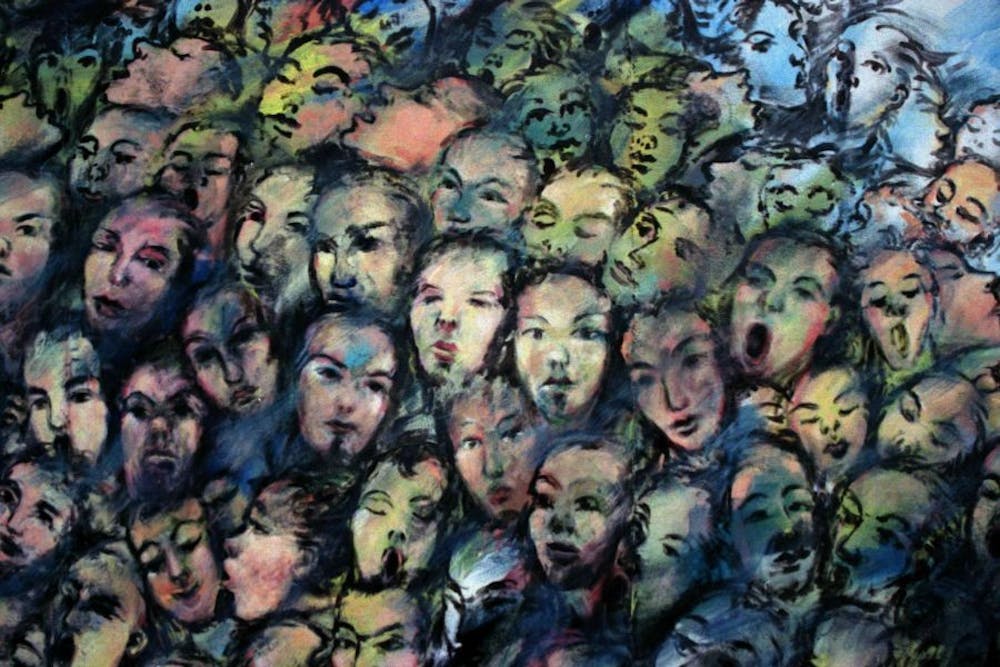By Emily Wild, For The Miami Student
As the days grow shorter and sunlight becomes sparse, many students start to notice a bleakness pervading their usual disposition.
Although many students may simply chalk up these feelings to a lingering case of the "winter blues," it may be a clinical form of depression known as seasonal affective disorder (SAD).
In a 2013 article from the American Psychological Association, SAD expert Kelly Rohan explained the subtle differences between clinical depression and SAD.
"The symptoms of SAD are exactly the same as non-seasonal depression symptoms," Rohan said. "The only difference with SAD is the seasonal pattern it follows."
Kelly Cole, a licensed independent social worker supervisor who runs a private counseling practice in Oxford, said these symptoms may include isolation, moodiness, change in appetite, fluctuation in weight, disrupted sleep patterns, general sadness and low energy level.
"Some people can have regular depression and then also experience more intense symptoms during the winter months," Cole said. "That doesn't always necessarily become a separate diagnosis but it definitely could."
First-year Emma Shibley has coped with symptoms of SAD for the past several years and has recently become more conscious of them as the cold winter months loom ahead.
"Typically, when the days start getting shorter, I feel like I'm more aware of it than other people around me, and it bothers me more," Shibley said.
She also experiences "hibernating impulses," where leaving the comfort of her bed can be a difficult task.
According to Rohan, the major scientific reasoning behind SAD is the fact that people are exposed to less sunlight during the winter than in other months. However, Shibley has her own rationale with regard to the timing of SAD symptoms.
"I think that [at college], the feelings also come from environmental things, like the grind of the end of the semester and then coming back and starting the semester again, it can be kind of overwhelming," she said. "Also, the holidays come and go and that can be disappointing sometimes, so there's added tension and stress."
Enjoy what you're reading?
Signup for our newsletter
She also said when darkness is more frequent, it simply makes people feel sleepier, which can lead to sadness in general.
Like regular depression, SAD can be treated in different ways depending on the symptoms of each person.
"There are treatment options available, but it depends on the severity," Cole said. "Some people can do just regular talk therapy, some people need to be put on medication, it really just depends and is a case-by-case basis."
Another form of remedy is a light box. Since SAD is primarily caused by lack of sunlight, a light box radiates beams meant to emulate the sun and the effect that it has on a person's body.
Shibley said she keeps one at home and uses it to start her day off on a positive note when symptoms become particularly burdensome.
"I don't know all the science behind it, but when I use it, it is weirdly calming," she said.
SAD falls under the spectrum of a serious cognitive illness that should be treated, especially when symptoms are severe. But even if it is not clinically diagnosed SAD, plenty of people can expect to feel the effects of the sluggish winter months.
"I feel like it's kind of human nature to be affected by the seasons," Shibley said. "I think that in the winter it's just stagnant, outside there isn't that change in the air. It's like you don't want to engage with the world because it is so gross outside."




